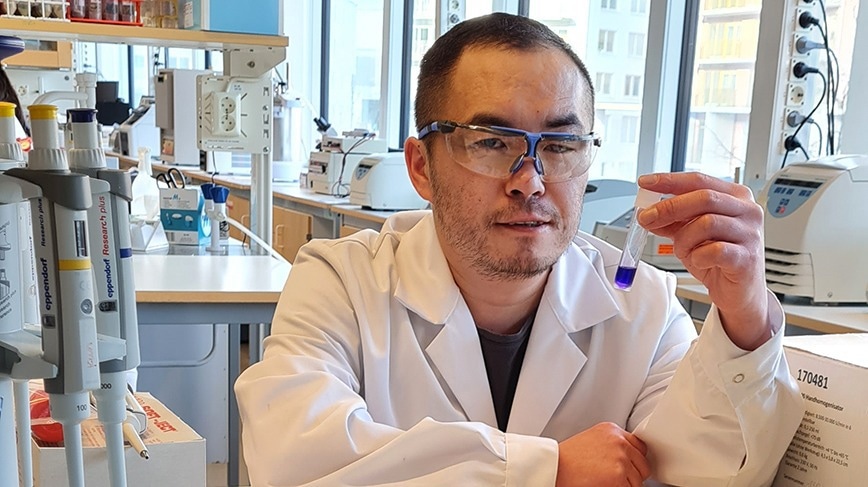KTH Royal Institute of Technology investigators reported the development of a bioactive gel that they assume could replace autografting, where lost bone is replaced with healthy bone taken from another part of a patient’s body.

In tests on lab rats with cranial injuries, Hongji Yan and his colleagues found that this biomaterial can help solve two key requirements for the successful healing of bone defects. Image Credit: Vaibhav Srivastava
According to Hongji Yan, a scientist at KTH Royal Institute of Technology, the gel contains mucins, which are molecules derived from cow mucus. The mucins are mixed with monetite granules, a widely used synthetic bone graft material, to form gels. The synthetic gel can be directly injected into the site of bone loss.
Researchers discovered that this biomaterial could indeed effectively address two important requirements for successful bone defect healing in tests on lab rats with cranial injuries. It helps promote bone and blood vessel formation and interacts with the immune system. The findings were published in the journal Bioactive Materials.
Mucins, the key solid components of mucus, provide mucus with its viscosity and can balance the immune system’s reaction. Mucins, for instance, can modulate immune cells and reduce inflammation. However, Yan claims that this is the first study to demonstrate how these qualities interact with tissue repair.
Blood vessels are abundant in all bodily tissues, including bones. When bone defects are repaired, newly formed bone must be absorbed by the host bone’s vasculature—the network of blood vessels that connects the new bone to the heart.
According to Yan, the study raises hopes for better outcomes in a variety of procedures for treating severe bone loss.
Mucus protects the body from invaders such as bacteria and viruses and maintains hemostasis in tissues, where mucins play an important role. The regenerative approach, using the body's own cells through synthetic active material, offers a way to promote bone healing.
Hongji Yan, Researcher, KTH Royal Institute of Technology
Yan adds, “Grafting from a patient’s own bone tissue has limits. There may be an inadequate supply of healthy tissue, and it can be especially risky for people with poor bone quality such as the elderly.”
However, the material is not yet ready for clinical use, and the research team intends to perform additional studies with larger animals.
The study was conducted in collaboration with teams headed by Song Chen and Bin Li at Soochow University, China, and Håvard J. Haugen at the University of Oslo, Norway.
Journal Reference
Chen, S., et al. (2023) Early osteoimmunomodulation by mucin hydrogels augments the healing and revascularization of rat critical-size calvarial bone defects. Bioactive Materials. doi.org/10.1016/j.bioactmat.2023.01.022.